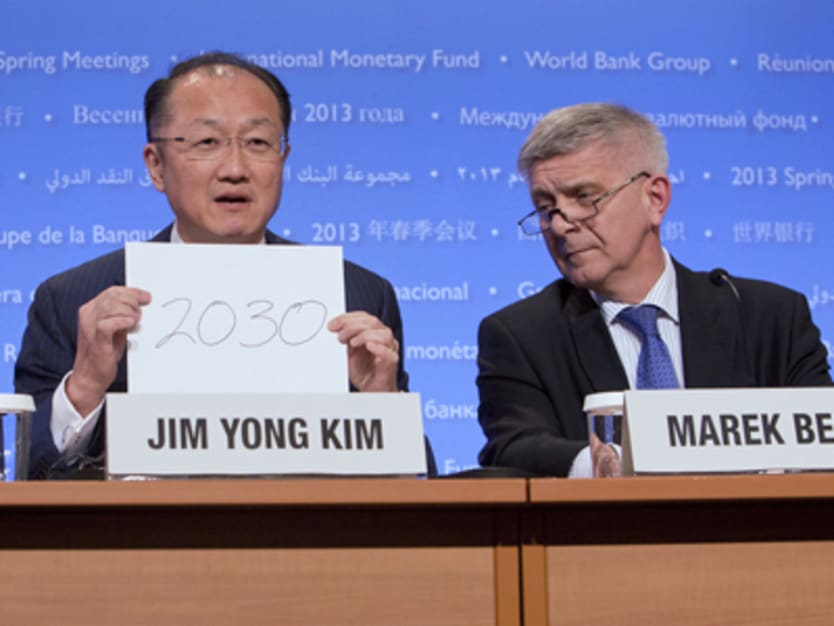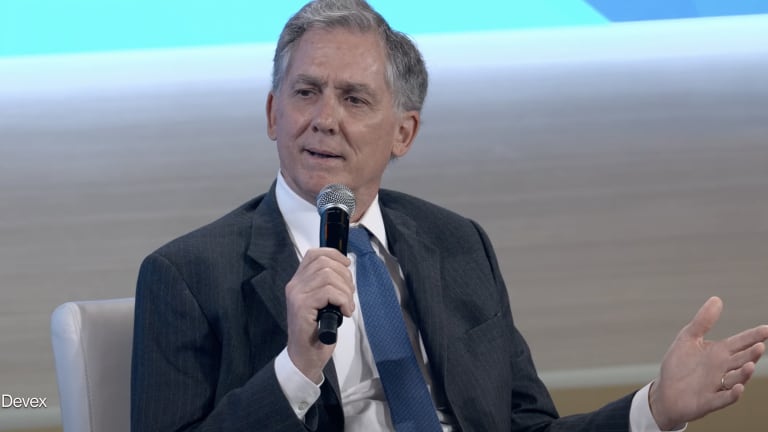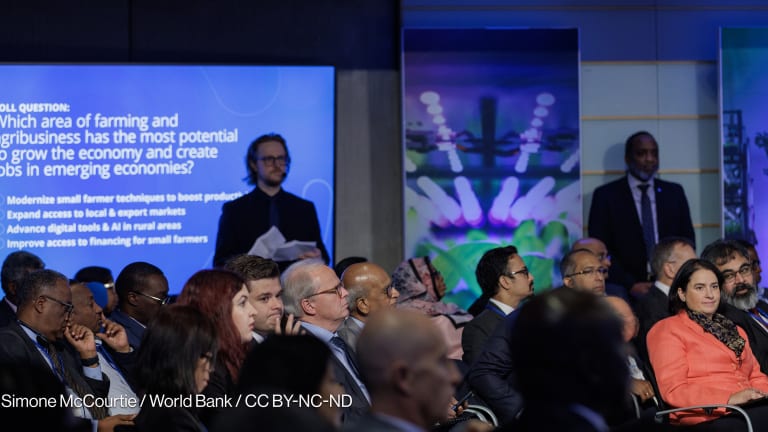
Global finance officials have given their stamp of approval on World Bank’s anti-poverty vision, a plan they describe as “ambitious.”
And with their endorsement, the next step, albeit the harder part, for the World Bank is to map its concrete strategy.
“We have a historic opportunity to end extreme poverty within a generation,” the 25-member Development Committee said in its communiqué. “We therefore welcome the paper, A Common Vision for the World Bank Group, and we look forward to discussing the upcoming WBG strategy at this year’s annual meeting.”
In a separate statement, World Bank President Jim Yong Kim said: “We are no longer dreaming of a world free of poverty. We have set an expiration date for extreme poverty.”
By 2030, World Bank wants that only three in every 100 people around the world will live below $1.25 a day. The influential bank also plans to raise the income of the poorest 40 percent of population in each country.
The plan, the committee said, requires strong economic growth in the developing world — a kind of growth that can feed the poor and bring down the wall of inequality. World Bank, financial officials suggested, should invest in infrastructure and agriculture, most particularly in fragile and conflict-affected countries and small states.
At the forefront of this bold move is International Development Association, World Bank’s fund for poorest. In the coming years, IDA will pay extra attention on inclusive growth, gender equality, fragile states, and climate resilience.
“We call for a robust IDA 17 replenishment with strong participation from all members,” the committee said. The pledging session is initially scheduled this December in Russia.
In a leaked copy of the vision paper, World Bank broadly outlined its strategy in mind. The banks plans to be more selective in projects, tailor fit solutions to each client, encourage the private sector, provide solutions based on evidence, and work as one big team.
Highlights of the just concluded spring meetings in Washington DC indeed point to the changing priority of the influential bank:
World Bank is considering setting up a global infrastructure facility to fund projects badly needed in countries like India and somewhat plug the estimated $1 trillion deficit in infrastructure spending.
Open data access is becoming more a reality in the world’s financial institutions. The World Bank, United Nations and other multilateral financial institutions agreed to share data through a memorandum of agreement laying the groundwork for more evidence-based policy-making.
Liberia won support from the World Bank, which pledged to help the ailing country to kick start its medium-term development agenda. Liberia is one of the countries projected to receive continued funding from IDA until 2025.
Read more development aid news online, and subscribe to The Development Newswire to receive top international development headlines from the world’s leading donors, news sources and opinion leaders — emailed to you FREE every business day.








